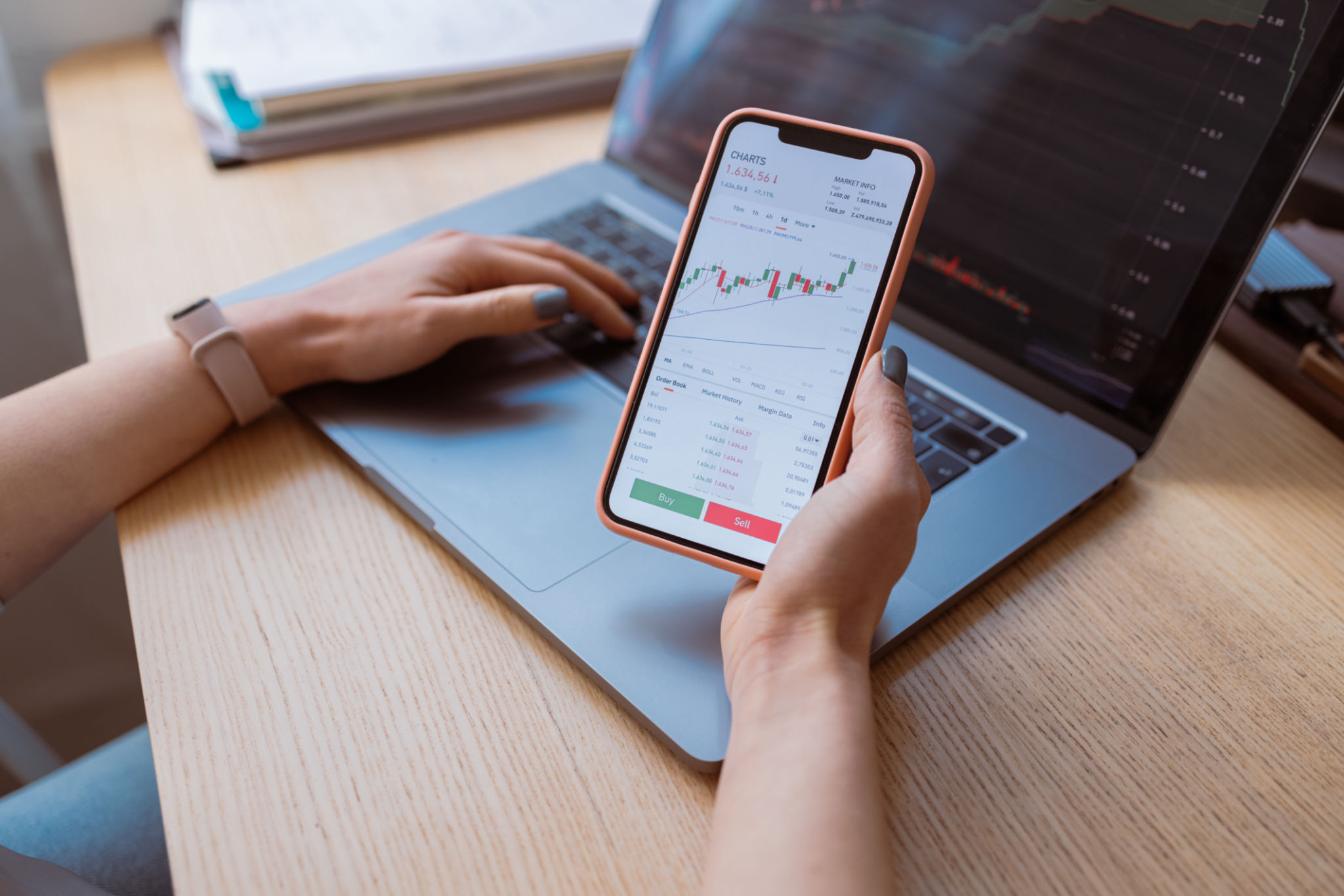Innovations in Trading Education: What’s New and Exciting?
The Rise of Online Platforms
The world of trading education has dramatically transformed with the rise of online platforms. **Innovative technology** has made trading knowledge more accessible than ever before. These platforms offer a range of courses, webinars, and interactive sessions that were once only available in physical classrooms. This accessibility allows aspiring traders to learn at their own pace, from anywhere in the world.
One of the most exciting aspects of these online platforms is their ability to provide real-time data and analytics. Learners can now experience the dynamics of trading in a simulated environment, which helps build practical skills without financial risk.

Interactive and Gamified Learning
Interactive learning tools are revolutionizing trading education. Many platforms have introduced **gamified elements** to make learning more engaging and effective. This approach not only enhances user engagement but also improves retention rates by making complex topics more relatable and easier to understand.
Gamification includes elements such as quizzes, leaderboards, and trading simulations that mimic real-world scenarios. These tools encourage learners to apply theoretical knowledge in practice, thus bridging the gap between concept and action.
Artificial Intelligence and Machine Learning
The incorporation of **artificial intelligence** (AI) and **machine learning** (ML) into trading education is another exciting innovation. AI-driven platforms can now analyze trading patterns and provide personalized insights and feedback to learners. This personalized approach helps individuals understand their strengths and weaknesses, allowing them to focus on areas that need improvement.

Virtual Reality in Trading Education
While still in its nascent stages, virtual reality (VR) is beginning to make waves in trading education. VR offers an immersive experience, allowing learners to step into a virtual trading floor and engage in lifelike trading scenarios. This technology provides a unique opportunity for students to practice decision-making in a high-pressure environment without any real-world consequences.
By simulating real market conditions, VR can enhance a trader's ability to react swiftly and effectively to market changes, which is a crucial skill in the fast-paced world of trading.
Community-Driven Learning
The power of community-driven learning cannot be underestimated in trading education. Online forums, social media groups, and collaborative platforms enable traders to connect, share insights, and learn from each other's experiences. These communities foster a supportive environment where both novice and experienced traders can benefit from shared knowledge.

Hybrid Learning Models
Hybrid learning models combine the best of both online and offline education. Many institutions now offer programs that integrate digital resources with traditional classroom-based learning. This approach provides a balanced framework where learners can benefit from personal interactions with instructors while taking advantage of digital tools for self-paced learning.
In these hybrid models, students can attend live sessions for direct engagement and utilize online resources for deeper exploration of topics, creating a comprehensive educational experience.
The Role of Regulatory Bodies
Regulatory bodies play a crucial role in shaping the future of trading education. They ensure that educational content adheres to industry standards and ethical guidelines, providing learners with reliable and accurate information. As the industry evolves, these bodies continue to adapt, ensuring that educational platforms maintain high quality and relevance.

Looking Ahead
The future of trading education is brimming with possibilities. As technology continues to advance, we can expect even more **innovative tools** and methodologies to emerge. From AI and VR to gamified learning and community-driven models, the landscape of trading education is set to become even more dynamic and engaging.
These innovations not only democratize access to trading knowledge but also prepare traders for the challenges of modern financial markets. By embracing these changes, aspiring traders can equip themselves with the skills and insights needed to succeed in the ever-evolving world of trading.
